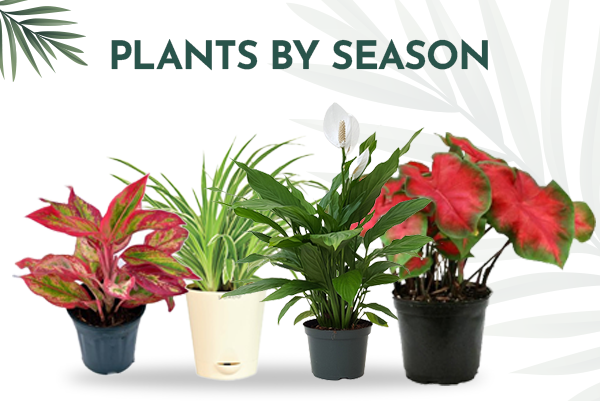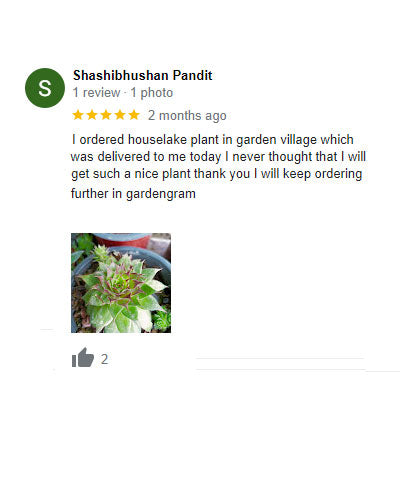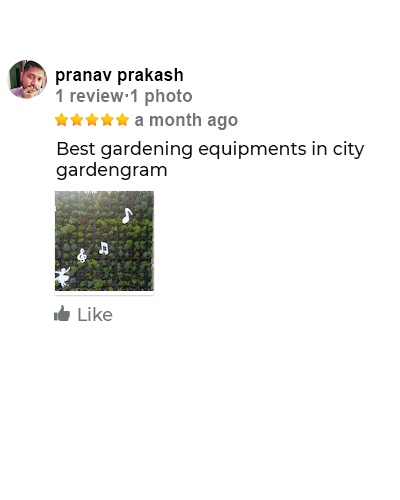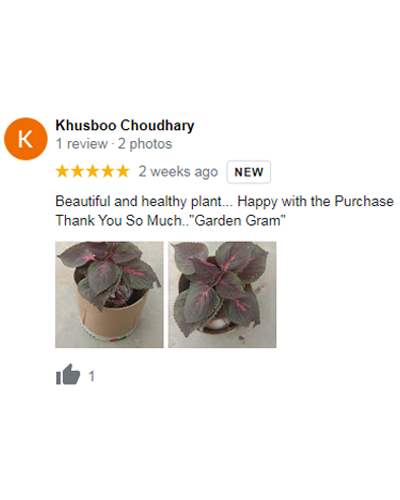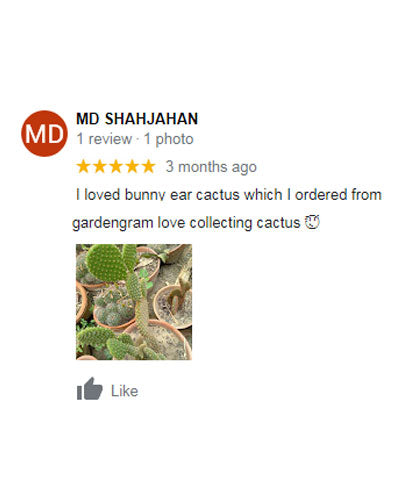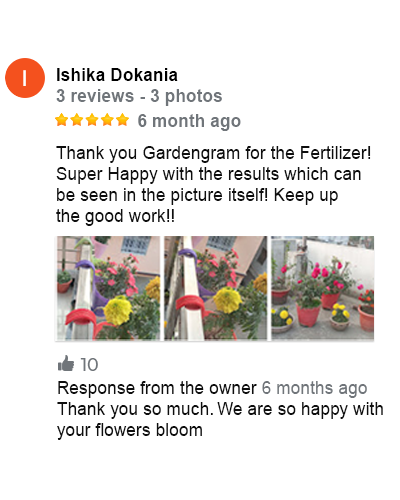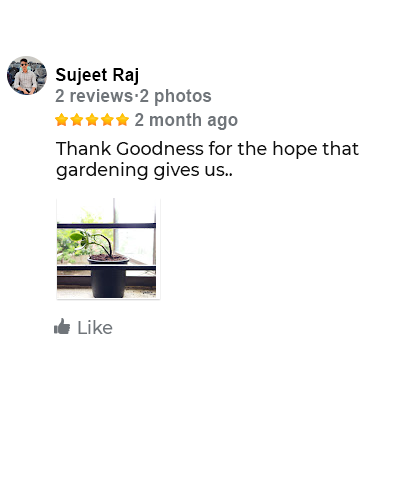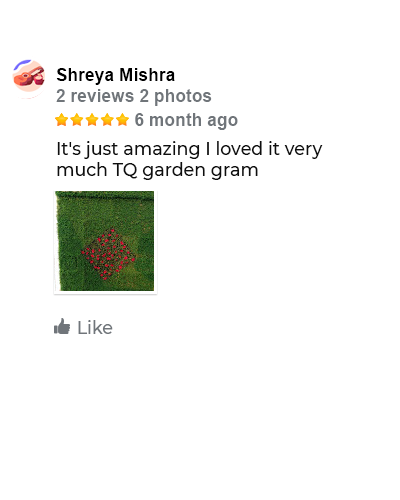Wall-mounted Gardens: Vertical Greenery for Modern Homes
Benefits of Wall-mounted Gardens
Enhancing Indoor Air Quality with Vertical Gardens
Incorporating wall-mounted gardens serves as a natural air purifier. Plants actively filter toxins, enhancing the air quality and creating a fresher, healthier environment indoors.Maximizing Space Efficiency in Compact Living Areas
For those navigating smaller living spaces, vertical gardens are a game-changer. They utilize vertical space, offering a lush oasis without compromising valuable floor area.Psychological Benefits: Stress Reduction and Improved Well-being
Studies showcase the stress-relieving effects of greenery. Wall-mounted gardens bring nature closer, promoting relaxation, reducing anxiety, and fostering a sense of calm.Aesthetics: Adding a Touch of Nature to Your Home Décor
Beyond their functional aspects, these gardens elevate interior aesthetics, infusing rooms with natural beauty and a harmonious, organic vibe.Choosing the Right Plants
Choosing plants for a wall-mounted garden is a blend of science and artistry. It's not just about picking what looks pretty; it's about selecting species that thrive vertically, considering their maintenance needs, aesthetics, and the environment they'll inhabit. Here’s a deeper dive into this crucial aspect:Low-maintenance Plant Species Ideal for Vertical Gardens
The key to a thriving vertical garden often lies in selecting low-maintenance plants. Species like spider plants, pothos, philodendrons, and various types of ferns are resilient, requiring minimal care while flourishing in vertical environments. Their adaptability to varying light conditions and forgiving nature in terms of watering frequency make them ideal choices for beginners and busy homeownersTailoring Plant Selection to Light and Humidity Conditions
Understanding your home’s specific light and humidity levels is paramount. Some plants, like snake plants or ZZ plants, thrive in low-light conditions, while others, such as certain succulents or herbs like basil and mint, require ample sunlight. Matching plant needs to the available conditions ensures their health and vitality. Additionally, considering the humidity level of the space, especially in areas like bathrooms or dry indoor environments, aids in selecting plants that can withstand or thrive in such conditions.Mixing Textures and Colors for an Eye-catching Display
The magic of a vertical garden lies in its visual appeal. Beyond merely surviving, the art is in crafting an eye-catching display. Incorporating plants with diverse textures, sizes, and colors adds depth and visual interest. Contrast smooth, glossy leaves with the rugged texture of ferns or intertwine vibrant flowers amidst lush greens. The blend creates a living tapestry that captivates the eye and infuses the space with energy and vitality.Materials and Structures
The materials and structures you choose for your wall-mounted garden play a pivotal role in its functionality, aesthetics, and sustainability. From the frames that support the plants to the materials used for mounting, each element contributes to the overall design and durability of your vertical greenery.Exploring Different Materials for Mounting and Framing
The choice of materials for mounting and framing influences the garden's look, durability, and adaptability. Wooden frames offer a classic, warm appeal and are versatile for various plant arrangements. Metal structures, such as stainless steel or aluminum, provide a contemporary, sleek appearance while ensuring sturdiness. Additionally, innovative options like magnetic systems allow for flexibility in rearranging plants and are ideal for renters or those who seek adaptability.Vertical Garden Structures: From Trellises to Modular Panels
Diverse structures serve as the backbone of wall-mounted gardens. Trellises provide a traditional, grid-like support for climbing plants, enabling them to flourish vertically. Modular panels offer a structured framework, allowing for compartmentalized planting, perfect for organizing different species or creating a mosaic-like design. These structures offer not just support but also aesthetic possibilities, shaping the visual impact of your garden.Sustainable Options: Eco-friendly Materials and Repurposed Items
In an age of environmental consciousness, choosing sustainable materials aligns with eco-friendly practices. Utilizing repurposed items, like pallets or reclaimed wood, not only adds a unique charm but also reduces waste. Opting for eco-friendly materials such as recycled plastics or biodegradable components contributes to a greener, more sustainable vertical garden while minimizing the ecological footprint.Selecting the right materials and structures for your wall-mounted garden ensures its resilience, aesthetic appeal, and environmental responsibility. Whether aiming for a rustic feel with wooden frames, a modern touch with metal structures, or a sustainable approach with repurposed items, the choices you make will shape a garden that harmonizes with your space and values.
Maintenance Tips for Vertical Gardens
Maintaining a vibrant and healthy wall-mounted garden requires regular care and attention. From watering routines to managing plant growth, here’s a detailed look at the essential maintenance tips for keeping your vertical greenery thriving:Watering and Drainage Considerations
Balancing the watering needs of a vertical garden is crucial. Consider the drainage system in place to prevent water accumulation, which can lead to root rot. Depending on the plants’ requirements and the structure of your garden, implementing drip irrigation or self-watering systems can ensure consistent moisture distribution. Additionally, monitor the moisture levels regularly, adjusting the watering schedule based on environmental factors like temperature and humidity.Pruning and Controlling Plant Growth
As plants grow in a vertical garden, occasional pruning becomes necessary. Trim dead or yellowing leaves, as they can attract pests or hinder the growth of healthier foliage. Regularly check for overcrowding or intertwining of plants, which may restrict airflow and sunlight. By maintaining proper spacing and pruning back excess growth, you encourage healthier, more robust plants within the garden.Troubleshooting Common Issues: Pests and Diseases
Vigilance against pests and diseases is critical in safeguarding your vertical garden. Regularly inspect plants for signs of infestation or disease, such as discolored leaves, wilting, or unusual spots. Utilize organic pest control methods or gentle solutions to address issues promptly, preventing them from spreading across the garden. Maintaining cleanliness, both in the plants and the garden structure, can significantly reduce the risk of pest infestations.DIY vs. Professional Installation
Deciding between a do-it-yourself (DIY) approach or opting for professional installation for your wall-mounted garden involves considering various factors. Each approach has its merits and considerations, catering to different preferences, skill levels, and desired outcomes.
Pros and Cons of DIY Vertical Gardens
Creativity and Personalization
One of the main advantages of a DIY approach is the freedom to unleash your creativity. You have the opportunity to design and create a garden that aligns perfectly with your vision and preferences. From selecting materials to arranging plants, every aspect can be tailored to your taste.Cost-effectiveness
DIY projects often come with cost advantages, especially if you already possess some of the tools or materials required. It allows for budget flexibility and the ability to repurpose items, potentially reducing overall expenses.Learning Curve and Time Investment
However, DIY projects can have a steep learning curve. Researching and acquiring the necessary skills might take time, and mistakes in design or execution could occur along the way. It requires a significant time investment, from planning to implementation and maintenance.
Benefits of Hiring Professionals for Intricate Designs
Expertise and Precision
Professional installers bring expertise and specialized knowledge to the table. They can offer insights, recommend suitable plants, and execute intricate designs with precision. Their experience ensures a well-thought-out layout and proper installation, often resulting in a polished and long-lasting garden.Time-saving and Efficiency
By hiring professionals, you save time and effort. They handle the project efficiently, from site assessment to installation, minimizing the likelihood of errors and ensuring a quicker, hassle-free process.Access to a Wide Range of Designs and Techniques
Professionals often have access to a wider range of materials, structures, and techniques. They can introduce innovative solutions and implement advanced systems, enhancing the functionality and aesthetic appeal of your garden.Budget Considerations and Long-term Maintenance Factors
When making the decision, consider your budget limitations and the long-term maintenance commitment. While DIY might initially seem more cost-effective, professional installation could offer greater value in terms of design expertise and long-term garden health.
Frequently Asked Questions (FAQ):
1. How much does a vertical garden cost?
The cost of a vertical garden varies significantly based on several factors such as size, materials used, plant selection, and whether it's a DIY project or professionally installed. DIY setups might range from a few hundred dollars for smaller projects to a couple of thousand for more extensive and intricate designs. Professional installations, which offer expertise and specialized materials, can range from a few thousand to several thousand dollars, depending on the complexity and size of the garden.
2. Is it difficult to maintain a vertical garden?
Maintaining a vertical garden isn’t inherently difficult, but it requires regular attention. Factors like proper watering, pruning, and monitoring for pests or diseases are essential. However, with efficient irrigation systems, low-maintenance plant choices, and a well-thought-out design, maintenance can be relatively straightforward. Routine care, similar to caring for any indoor or outdoor plants, ensures a thriving vertical garden.
3. What is an alternative to a vertical garden?
An alternative to a vertical garden could be a living wall planter, which is usually smaller in scale and more portable. These planters can be mounted on walls but don't cover as much surface area as a full-scale vertical garden. Additionally, hanging planters or tiered plant stands can create a vertical display without being fixed to a wall, offering flexibility in arrangement and space utilization.
4. What is the best material for a vertical garden?
The best material for a vertical garden depends on various factors like aesthetics, durability, and environmental impact. Common materials include treated wood, metal frames, or durable plastics. However, the "best" material often aligns with personal preferences, the intended look, and sustainability goals. Some might prefer recycled materials for an eco-friendly approach, while others might favor treated wood for its natural appearance.
5. What is the difference between a green wall and a vertical garden?
A green wall and a vertical garden share the concept of growing plants vertically but differ in their execution. A vertical garden typically involves arranging plants in containers or pockets attached to a structure, allowing for individual plant care and customization. On the other hand, a green wall, often known as a living wall, usually consists of plants rooted in a structure that provides direct access to a water supply, creating a continuous, seamless living surface. Green walls tend to integrate irrigation systems and are often seen in larger-scale installations for their uniform appearance and ecosystem benefits.
wall-mounted gardens offer multifaceted advantages, from aesthetics to well-being. Embrace the potential of vertical greenery, unlocking creativity to enrich your living spaces with lush, space-saving designs. Transform your home into an oasis that breathes life and beauty into every corner.


